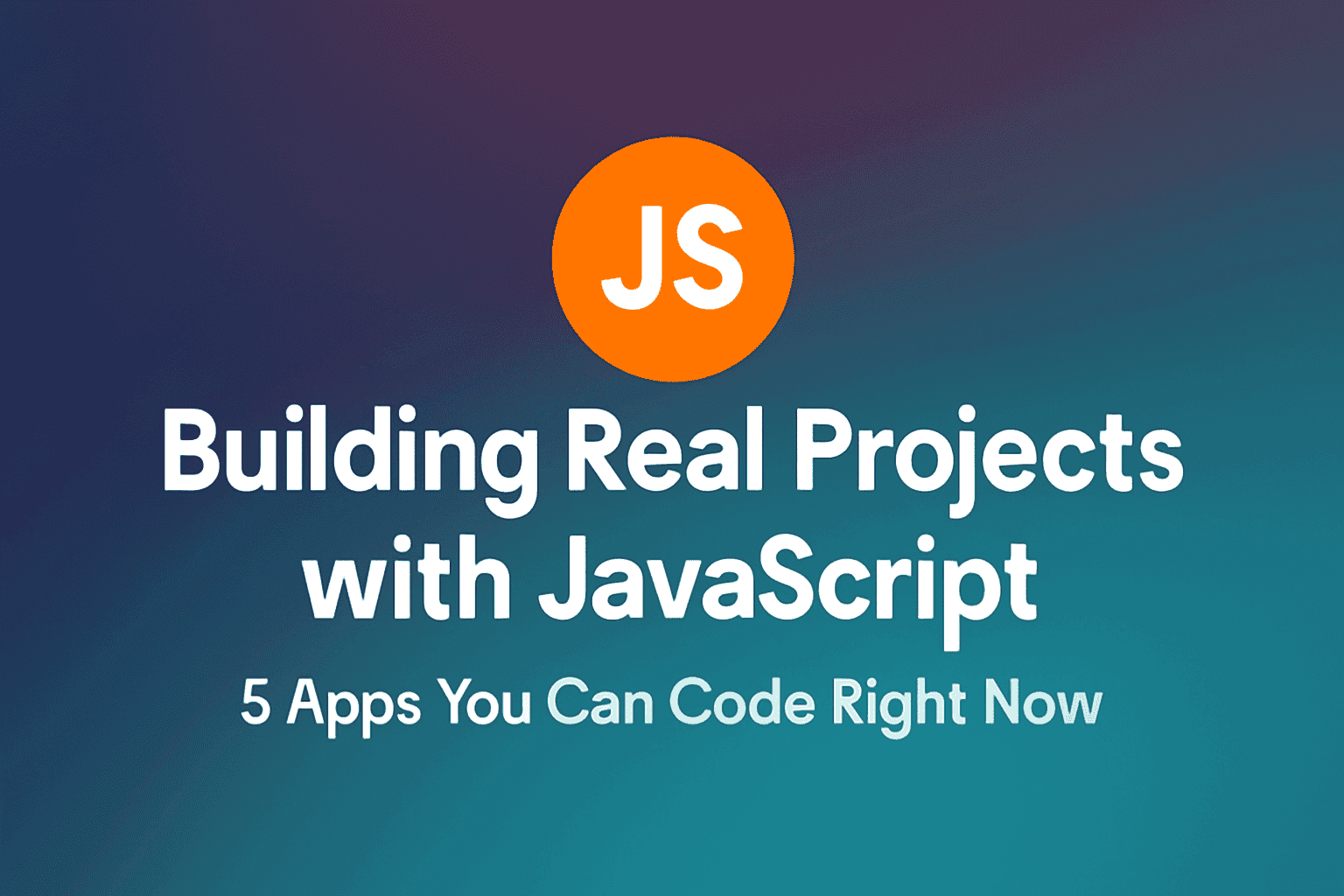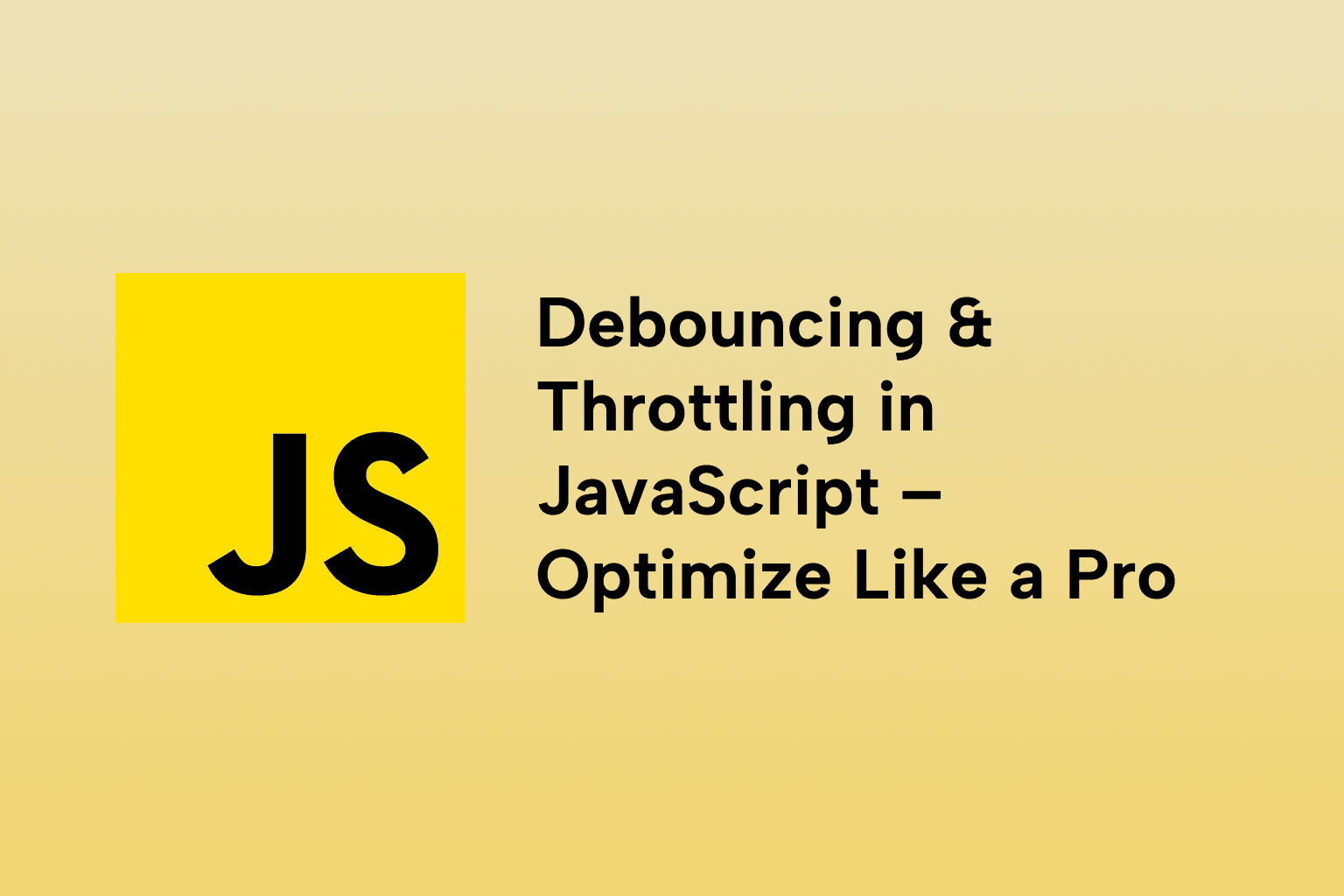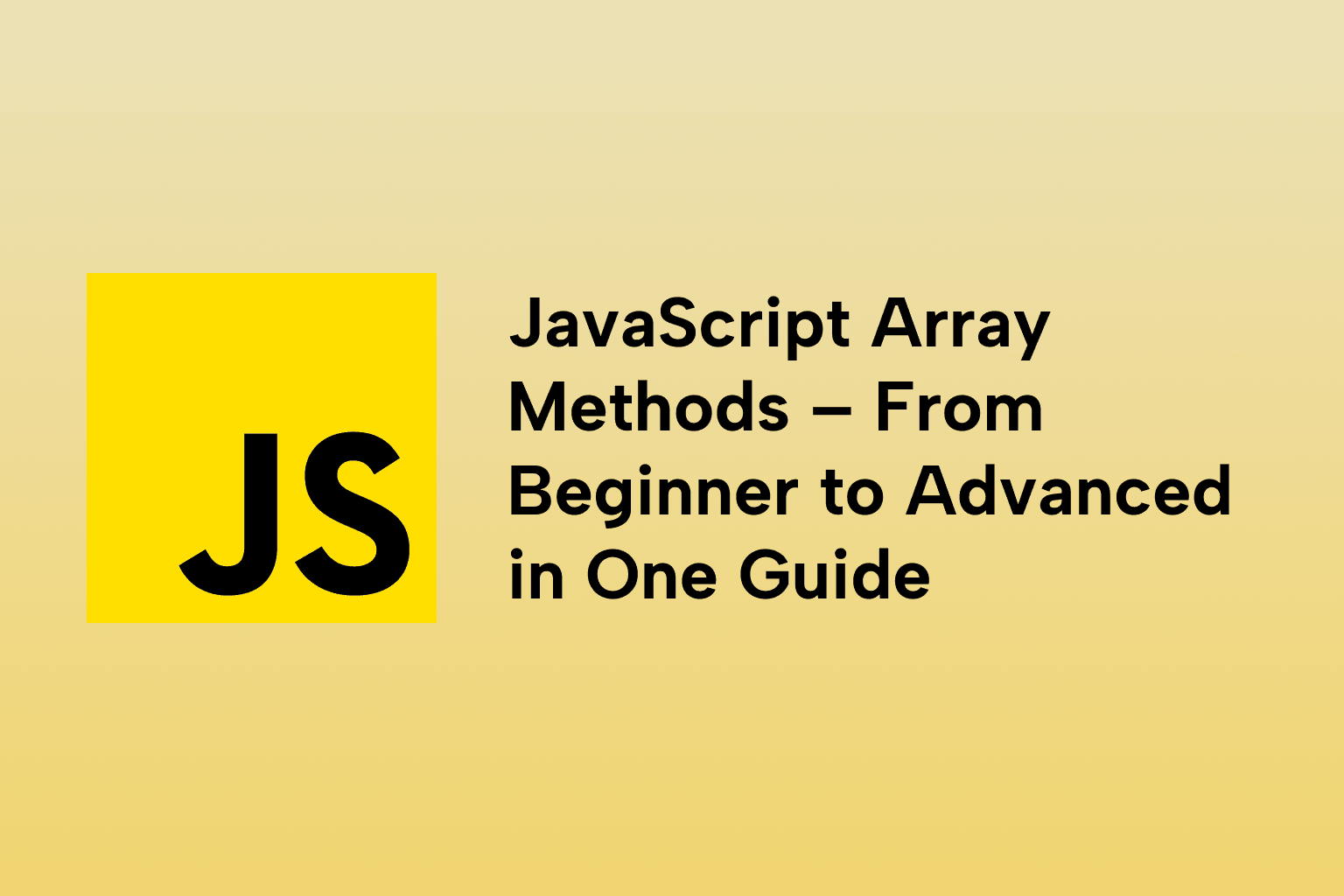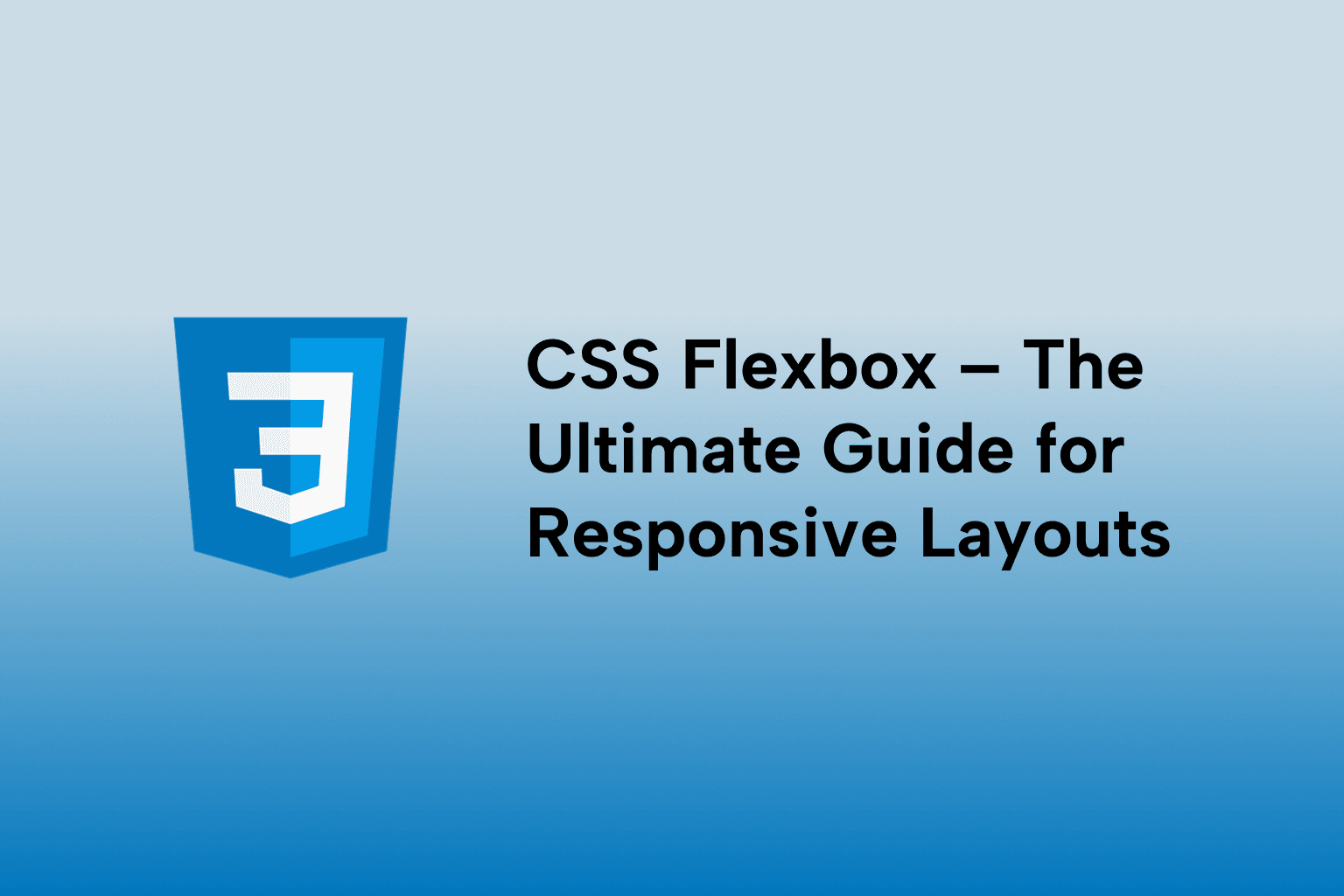Building Real Projects with JavaScript: 5 Apps You Can Code Right Now
 Emma George
Emma George
TABLE OF CONTENTS
Why Building Projects Accelerates Learning
Project 1: To-Do List App (with Local Storage)
Project 2: Weather App (Using OpenWeather API)
Project 3: Calculator (Basic to Scientific)
Project 4: Expense Tracker (with Charts and Storage)
Project 5: Real-Time Clock + Theme Toggle + Greeting
Bonus Projects to Explore
Tools You’ll Need
What You’ll Gain From These Projects
Tips for Success
Conclusion
JavaScript is more than just a scripting language—it's the backbone of modern web interactivity. Yet, many developers struggle to bridge the gap between learning syntax and applying it in real-world scenarios. Tutorials are great, but real growth happens when you build something meaningful from scratch.
In this blog, we’ll walk through five practical, beginner-to-intermediate level JavaScript apps you can start building today, without any frameworks. You’ll get hands-on with the DOM, events, local storage, APIs, and more.
Let’s roll up our sleeves and get building.
Why Building Projects Accelerates Learning
- Theory is helpful, but projects are transformational.
- Here’s what building actual applications gives you:
- Deep understanding of the DOM and events
- Practice with JavaScript's quirks and edge cases
- Debugging experience (and confidence)
- Real-world application of concepts like async, closures, and localStorage
A developer’s mindset—breaking problems into parts and solving them step-by-step
Project 1: To-Do List App (with Local Storage)
This is your gateway to JavaScript. A simple task manager app where users can:
- Add tasks
- Mark tasks as complete
- Delete tasks
- Save and retrieve tasks using localStorage
🧠 Concepts Covered:
- DOM selection and manipulation
- Form handling
- Local storage
- JSON serialization
- Conditional rendering
- Array methods (map, filter)
✨ Advanced Features:
- “Clear Completed” button
- Drag-and-drop for reordering tasks
- Dark/light mode toggle
🔥 Challenge:
- Add due dates and filter by them
- Persist completed state in localStorage
- Add tags or categories for tasks
Project 2: Weather App (Using OpenWeather API)
This dynamic app fetches real-time weather for any city using the OpenWeatherMap API. You'll explore API calls, error handling, and asynchronous JavaScript.
🧠 Concepts Covered:
- Fetch API
- Async/await
- API authentication
- JSON parsing
- Error handling
- Template literals for UI rendering
✨ Advanced Features:
- Show weather icons dynamically
- Use the Geolocation API to detect user location
- Convert temperature units (Celsius ⇄ Fahrenheit)
- Add a search history feature with localStorage
🔥 Challenge:
- Add hourly/daily forecasts
- Use a background image that changes based on weather condition (cloudy, sunny, etc.)
- Display weather from multiple cities side-by-side
Project 3: Calculator (Basic to Scientific)
A calculator is a perfect playground for practicing input handling, UI states, and mathematical logic. Start with a simple calculator and expand it as your skills grow.
🧠 Concepts Covered:
- Math logic
- DOM rendering
- Keyboard events
- Edge case handling
- Managing UI state
✨ Advanced Features:
- Add keyboard support
- Implement backspace and clear-all functions
- Add scientific operations (sin, cos, log)
- Display calculation history
🔥 Challenge:
- Build a parser that evaluates complex expressions
- Add themes and animations using CSS
- Enable parentheses and operator precedence
Project 4: Expense Tracker (with Charts and Storage)
Track your expenses and income using JavaScript and the browser's localStorage. This is a fantastic way to work with data structures and dynamic UI updates.
🧠 Concepts Covered:
- CRUD operations (Create, Read, Update, Delete)
- Local storage
- DOM manipulation
- Working with objects and arrays
- Data visualization basics
✨ Advanced Features:
- Monthly expense filtering
- Pie chart (using Chart.js)
- Income vs Expense comparison
- Category-based filtering
🔥 Challenge:
- Add user authentication with Firebase
- Store data in IndexedDB for advanced storage control
- Export transaction history to CSV
Project 5: Real-Time Clock + Theme Toggle + Greeting
This seemingly simple app involves the Date object, real-time updates, and responsive design. You’ll also explore how to make your apps visually appealing with dark/light mode. ** 🧠 Concepts Covered:**
- setInterval
- Date and time functions
- UI state toggling
- Saving preferences to localStorage
✨ Advanced Features:
- Add a personalized greeting ("Good Morning, Jane")
- Include timezone selection
- Build in an analog clock with CSS transforms
- Use speech synthesis for hourly chimes
🔥 Challenge:
- Add an alarm/stopwatch function
- Build a Pomodoro timer variant
- Combine it with calendar integration
Bonus Projects to Explore
If you're eager for more, consider building:
- A Markdown Note App
- A Quiz App with Multiple Choice Questions
- A Currency Converter
- A Movie Search App (using OMDb API)
- A Typing Speed Game
- A Chat UI clone (purely front-end)
Tools You’ll Need
Code Editor: VS Code or Sublime Text
- Browser: Chrome with DevTools
- Git: For version control and collaboration
- Optional: Live Server Extension (for instant preview)
Libraries (optional):
- Chart.js: For data visualization
- day.js or moment.js: For handling dates/times
- Lodash: For utility functions
What You’ll Gain From These Projects
🧠 Technical Skills:
- DOM manipulation mastery
- Asynchronous JavaScript fluency
- State management
- Basic data visualization
- Debugging and problem-solving
🧱 Soft Skills:
- Project planning and breakdown
- Clean code writing
- Time management
- Confidence in your abilities
- Readiness for interviews and job roles
🚀 Portfolio Boost:
- Each completed project can be deployed (use Netlify or GitHub Pages)
- Add a README file, screenshots, and live demo links
- Turn these into portfolio case studies
Tips for Success
- Don’t copy-paste. Type the code manually.
- Break features down into small tasks.
- Use the browser console for debugging.
- Comment your code to retain understanding.
- Refactor and improve once it works.
- Ask “What if?” and challenge yourself.
Conclusion
Learning JavaScript doesn’t have to be frustrating or boring. These five real-world projects are your opportunity to transform your knowledge into skill. Each one teaches something new, whether it's handling events, talking to APIs, or managing state and storage.
You don’t need fancy frameworks or libraries to create amazing things. All you need is a bit of courage, some consistency, and a willingness to experiment.
Build, break, fix, repeat, and before you know it, you won’t just know JavaScript. You’ll be building with it like a pro.
Happy hacking, and remember: the best way to learn is to code.
Would you like a downloadable PDF or a ZIP file of all these starter templates with HTML, CSS, and JS boilerplate? I can prepare that for you next.

Emma George
Software Engineer
Senior Software Engineer



